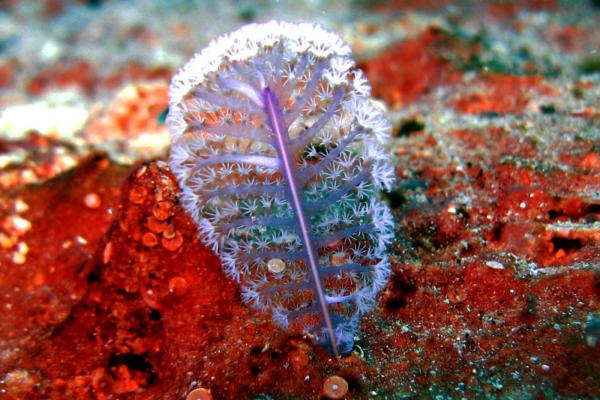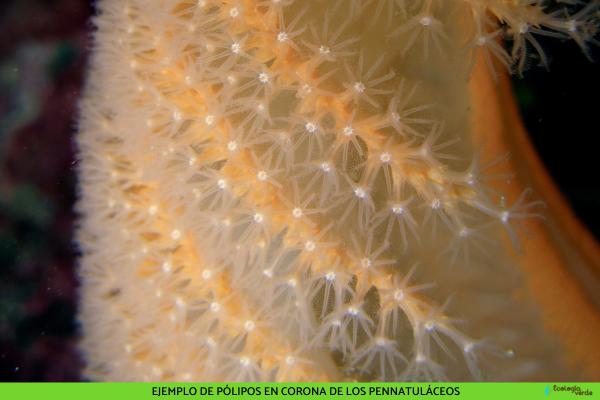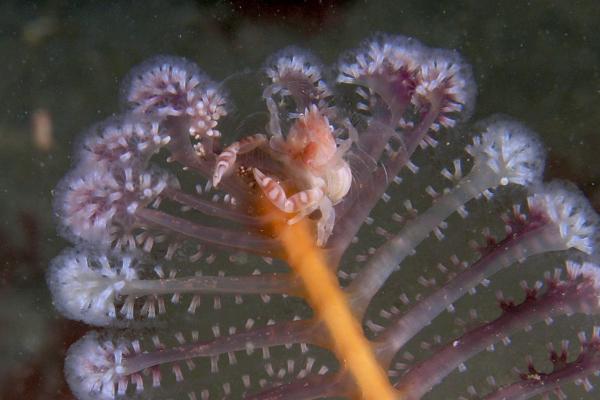The world’s oceans harbor a vast diversity of extraordinary and often little-known creatures. Among them are the Sea Pens (also called Sea Feathers), aquarium/52-marine-animals.html">marine animals belonging to the order Pennatulacea. These relatives of corals and jellyfish have stunning and unique appearances, sometimes even kept as captivating pets in aquariums. This article provides a comprehensive overview of sea pens—their defining traits, habitats, and feeding habits—helping you appreciate these fascinating marine organisms.

Animals, Not Plants: Although sea pens resemble underwater plants, they are colonial animals composed of multiple polyps living together, not a single organism.
Branch-Like Structure: aquarium/Sea-Pens.html">Sea pens feature a central stalk surrounded by rows of secondary polyps arranged like feathers. This structure can reach up to one meter tall and resembles ancient quill pens—hence the name "sea pen" or "sea feather."
Diverse Morphologies: Forms vary widely, including feather-like, flower-shaped, flattened discs (e.g., Renilla), and thick tubular types completely covered by polyps.
Specialized Functions: The central stalk anchors to the seafloor with a muscular basal stalk containing calcium carbonate support, while the secondary polyps capture food.
Tentacle Arrangement: Each polyp has eight tentacles surrounding its mouth used to trap food, which is then digested in the gastric cavity.
Three Tissue Layers: Sea pens consist of an outer epidermis, a gelatinous mesoglea, and an inner gastrodermis.
Retractable Body: They can retract into the sediment for protection when disturbed.
Bioluminescence: About 20 species can produce light, likely to confuse predators.
Vibrant Colors and Patterns: Colors range from purples to bright reds with intricate patterns.
Symbiotic Relationships: Some shallow-water species harbor symbiotic zooxanthellae algae that photosynthesize and provide energy, making them diurnal. Others emerge at night to feed.

Sea pens are cosmopolitan, inhabiting environments from polar seas to tropical equatorial waters. They occupy various depths, from intertidal zones to over 6,100 meters deep.
Typical substrates include:
Sandy seabeds
Muddy bottoms
Debris fields
Near coral reefs
Continental shelves
Hadal and abyssal zones
Certain species (e.g., Anthoptilum sp.) use specialized basal suckers to attach to rocky surfaces. Most larvae are capable of swimming long distances before settling.
Being sessile filter feeders, sea pens rely on ocean currents to deliver plankton and organic particles. Secondary polyps use tentacles armed with stinging cells to capture prey. They can also generate microcurrents that direct food towards their mouths.

Sea pens reproduce both sexually and asexually:
Sexual reproduction involves releasing male and female gametes into the water for external fertilization. Fertilized eggs develop into free-swimming planula larvae that eventually settle and grow into adults, forming the calcified central stalk followed by the rest of the colony.
Asexual reproduction occurs through budding or fragmentation, creating new individuals from existing ones.
Sea pens (also called sea feathers) are remarkable marine animals that play important ecological roles while dazzling us with their beauty and complexity.
Want to learn more about fascinating marine creatures? Visit our Wild Animals section for more exciting articles!
Bibliography
Atlas of Morphotypes of the Abyssal Megafauna of the Revillagigedo Archipelago. (2021). Order Pennatulacea. Available at: http://uninmar.icmyl.unam.mx/mmaar/index.php/Pennatulacea
Williams, G. C. (2011). The global diversity of sea pens (Cnidaria: Octocorallia: Pennatulacea). PLoS one, 6(7), e22747.
Gili, J. M. & Pages, F. (1987). Pennatulaceae (Cnidaria, Anthozoa) collected on the Catalan continental shelf (western Mediterranean). Misc. Zool., 11: 25–39.
animal tags: Sea Pens
We created this article in conjunction with AI technology, then made sure it was fact-checked and edited by a Animals Top editor.